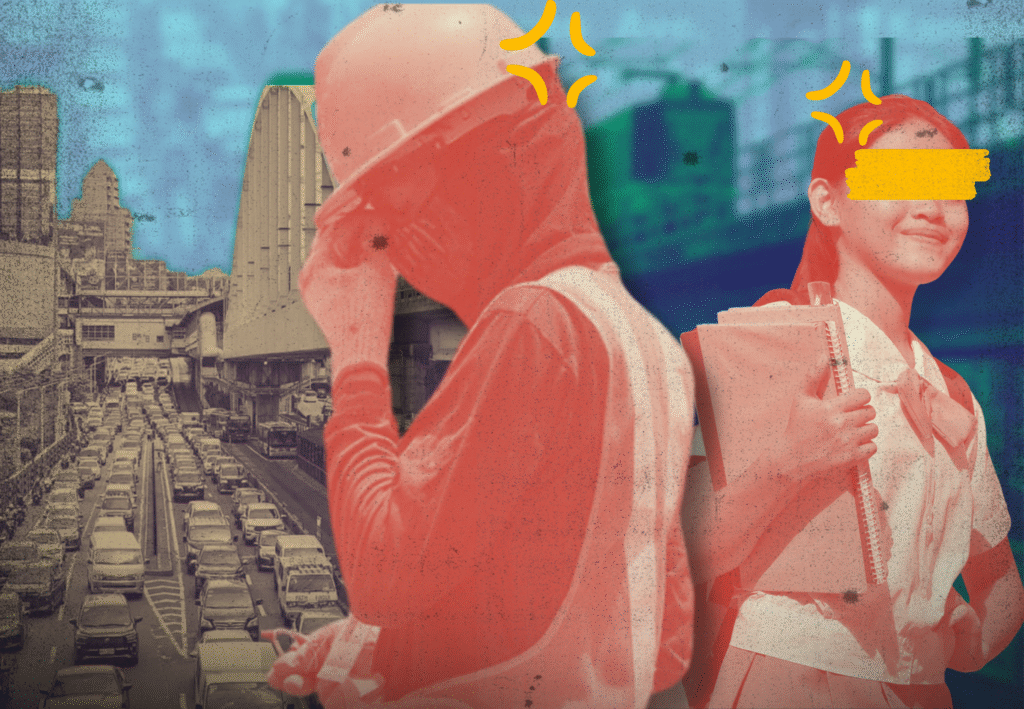Reports include sectoral concerns on the EDSA rehab

CHEERS TO ABS-CBN News’ TV Patrol, Manila Bulletin, and Philstar.com for its sharp projection of the impact of the looming rehabilitation of the Epifanio Delos Santos Avenue (EDSA) on the public, commuters, particularly workers and students.
These reports highlighted the calls made by groups representing the labor sector and students calling for a people-centered rehabilitation of Metro Manila’s main thoroughfare. The heavy traffic on EDSA has been a perennial plague on the population of Metro Manila. Filipinos and foreigners, transients and residents – all are punished by the slow movement on this main thoroughfare, exacting its cost in time and productivity.
The rehab project will definitely make life more difficult when it proceeds. Set to begin on June 13, the massive infrastructure project has since been postponed.
A few days before the announced suspension, which was made by President Bongbong Marcos himself, media’s coverage focused on the measures set by the Department of Transportation (DOTr) to mitigate the impact on traffic, including the odd-even scheme, the use of toll-free Skyway along EDSA, and the addition of buses on the EDSA busway.
In anticipation of the massive disruption of public life, the three news organizations shifted the emphasis of their reports on the commuting public, the daily struggle shared in particular by workers and students. Not surprisingly, these groups have led the call for an integrated and holistic people-centered approach to the EDSA rehabilitation.
Sectors react to the rehab
Philstar.com’s report by Dominique Nicole Flores on May 28 noted the lack of time given to the much-needed “social preparation” of commuters who would have to bear the great burden of inconvenience the project would inflict on commuters. Flores cited Joshua Mata of the Sentro ng mga Nagkakaisa at Progresibong Manggagawa (Sentro), who said that affected workers and students should be included in the “careful planning before construction begins.”
Dexter Barro II of Manila Bulletin on May 31 discussed the position of an employers’ group on the need to adjust their work schedules. Sergio Ortiz-Luis Jr., president of the Employers Confederation of the Philippines (ECOP), said companies should be allowed to implement the appropriate work schemes rather than enforcing industry-wide policies that do not apply to all companies.
As for the schools, Andrea Tanguines of TV Patrol on May 29 specifically focused on concerns for students, noting the possibility of shifting physical classes to online and the Metropolitan Manila Development Authority’s (MMDA) recommendation to use school buses in mitigating the impact of the massive construction work on traffic.
Pro-people roadways and transport
Flores’ report pointed out the need for a people-centric road system that prioritizes mass public transportation and includes commuters in the discussion of solutions.
Tanguines discussed the overview presented by Felino Palafox Jr., an urban planner, who called for a transport system that is pro-commuter, providing pedestrian and bicycle bridges parallel to EDSA, which effectively promote “walkability.”
The reports of ABS-CBN’s TV Patrol, Manila Bulletin, and Philstar.com did more than cite official statements and pronounced intentions of public officials. Their news tuned into the sentiments of the commuting public most affected by EDSA’s heavy traffic.
Media should attend more closely to the impact of infrastructure development on the people, on conditions that affect their daily routines. The news should track the EDSA rehab once it begins and through its entire period, including in reports the range of commuter concerns as these arise. Everyone knows that projects designed to improve public space can impose huge burdens in the process.
On another level, journalists should report on government infrastructure plans even at its earliest stages, forcing authorities to consider models that are more responsive to public needs, creating ways by which they can involve the people in the development of towns, municipalities, and the growing urban centers nationwide.
Leave a Reply